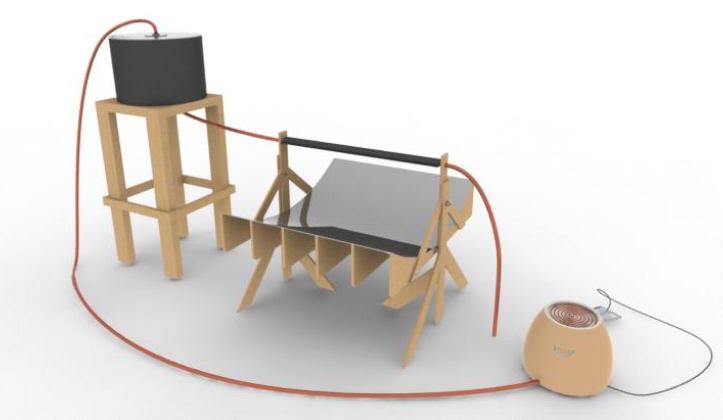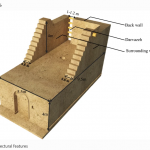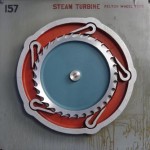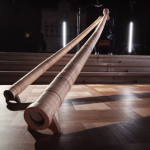The solar cooker only works for a few hours in the middle of a sunny day, but not at night or in the mornings when people actually want to cook. Working better means working at night. Climate Healers, an international development technology organization, issued a design challenge last year after their traditional solar cookers failed to catch on in mountain villages in Rajasthan, India.
The challenge was to design a low cost stored energy solar cook stove that could store solar energy without requiring manual interventions from the user. The energy should be stored for at least an 18 hour period and should then be delivered at the users’ control to cook their traditional meals at the times that they choose, which may not necessarily be when the sun is out. People should be able to cook indoors, sitting down. The stove top temperature should be about 200ºC, with heat delivered at approximately 1 KW to the cook surface.
Three US university teams accepted the challenge in early 2011. Later that year, dozens of Indian university teams entered their proposals into the Shaastra Social Innovation Challenge at the Indian Institute of Technology, Madras. Engineering For Change has published the finalists’ papers online. The ten designs follow different strategies, using materials such as sand, aluminum cans, rice husks, water, salt, straw, or olive oil to store solar heat.
Find all the papers at Engineering For Change. Via Makeshift.






